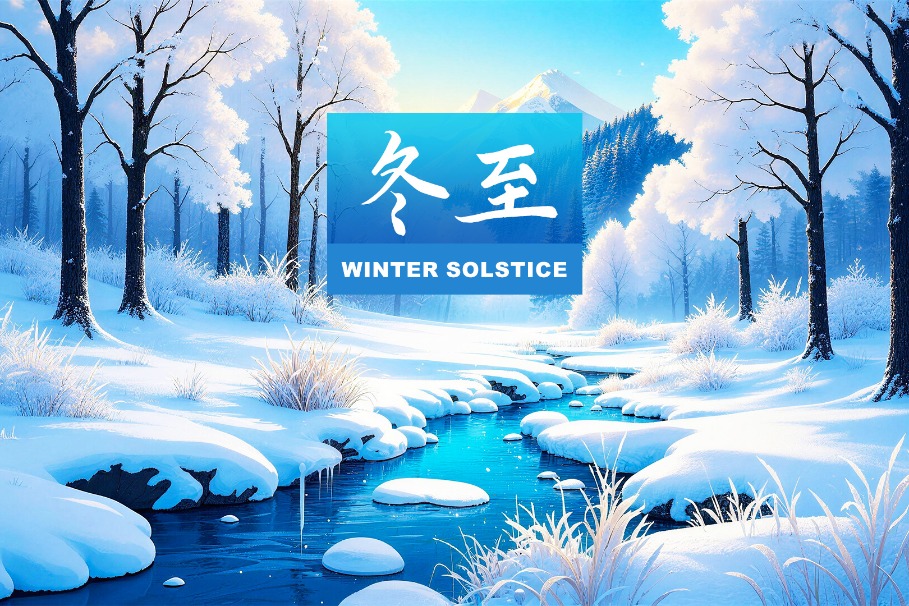Indian publisher wants to build better neighborhood ties through books
By Guan Xiaomeng | chinadaily.com.cn | Updated: 2017-08-30 10:59
A Chinese tea leaf travels past the border to India to serve as a bind between tea lovers and peoples of Asia's two largest neighbors.
|

|
| Sunandan Roy Chowdhury with the Bengali version of The Land of Tea at the Beijing International Book Fair. [Photo/chinadaily.com.cn] |
The Land of Tea, or Rui Cao Zhi Guo, by Chinese writer Wang Xuefeng saw its Bengali version launched by Sampark Publishing House of India during the Beijing International Book Fair on Thursday and the Hindi translation is nearing completion.
The book was firstly published by Zhejiang University Press (ZJUP) in 2001 and was chosen as one of ZJUP's export selections of the Belt and Road Initiative titles to coincide with the national campaign which is in full swing.
The Belt and Road series covers more than 100 disciplines including archaeology, arts, religion and law of the countries involved in the initiative in more than 10 languages such as English, Spanish, Russian, Turkish and Bengali.
The Belt and Road Initiative, proposed by President Xi Jinping in 2013, refers to China's initiative to create transport infrastructure projects linking Asia and Europe.
Sunandan Roy Chowdhury, publisher of Sampark, said his press was in the past mostly influenced by the West. Now it is starting to look east especially Turkey, Pakistan and China.
"We are tapping China as we share the same culture, such as love for tea. Through books we can build peace between the two countries as we both are land of tea."
The writer and tea culture scholar Wang Xufeng won the 5th Mao Dun Literary Prize (1995-1998), one of China's top literary awards, for her novel about the history of family business of tea in South China's Hangzhou. The Land of Tea testifies the varied roles of China's tea culture.
India has 24 recognized languages and Bengali and Hindi are two of the most popular languages, apart from English.
Chowdhury said one of the challenges is translation. "The Bengali translator will translate this book from English and may not know Chinese."
Likewise, there are few Bengali speakers in China. According to a study released by the Ministry of Education and State Language Commission last year, more than 40 languages are spoken in the countries along the route of Belt and Road Initiative, however, only 20 of them are taught in Chinese universities, with students enrolled in Bengali major numbering less than 50 in 2015.
But for Chowdhury the language barrier is not a problem. "Sampark means relationship or contact in Hindi. We are building relationships through books."
And he seems to know how to get Indians to buy the book. "We have blown up the images as the book has many beautiful paintings and photos. And then we plan to hold an art exhibition based on this book to attract more publicity and more readers."
























